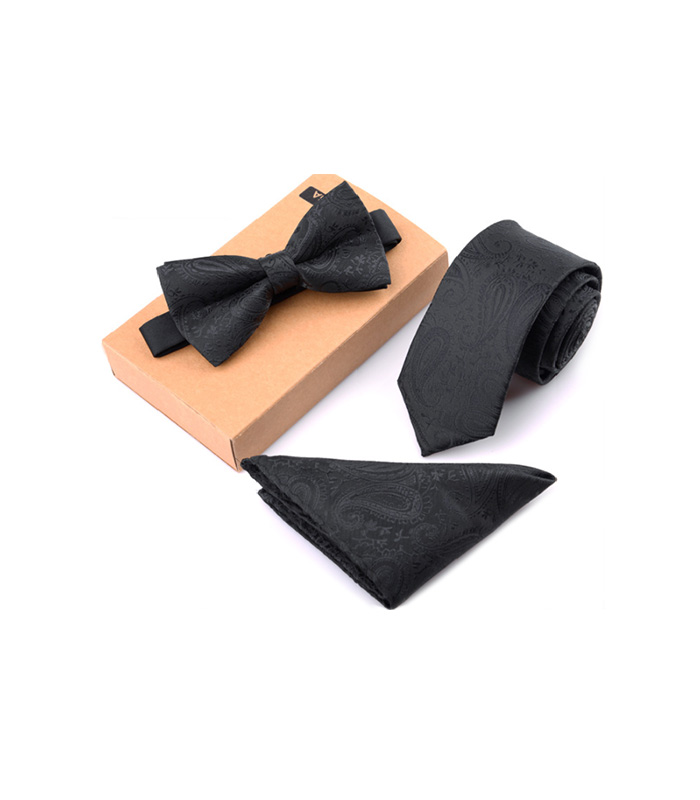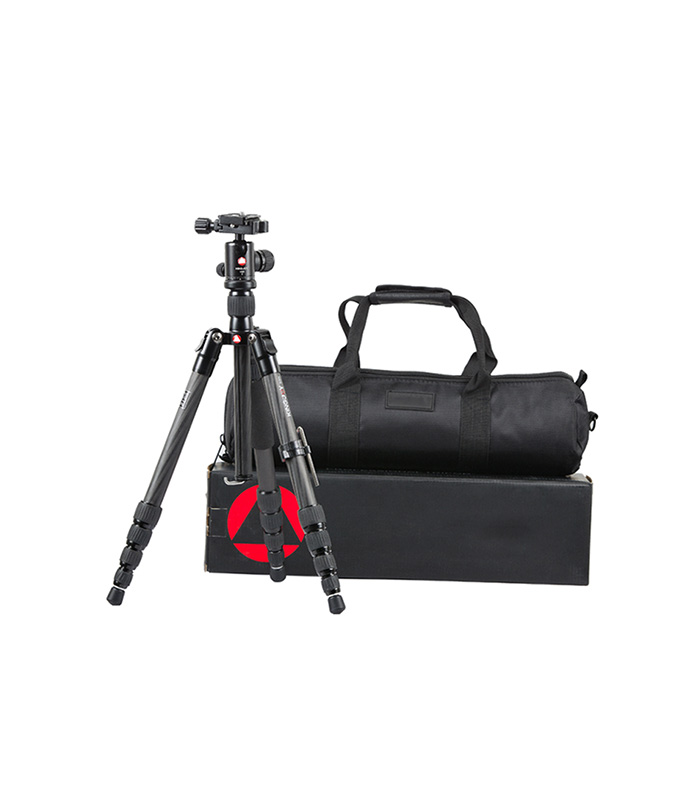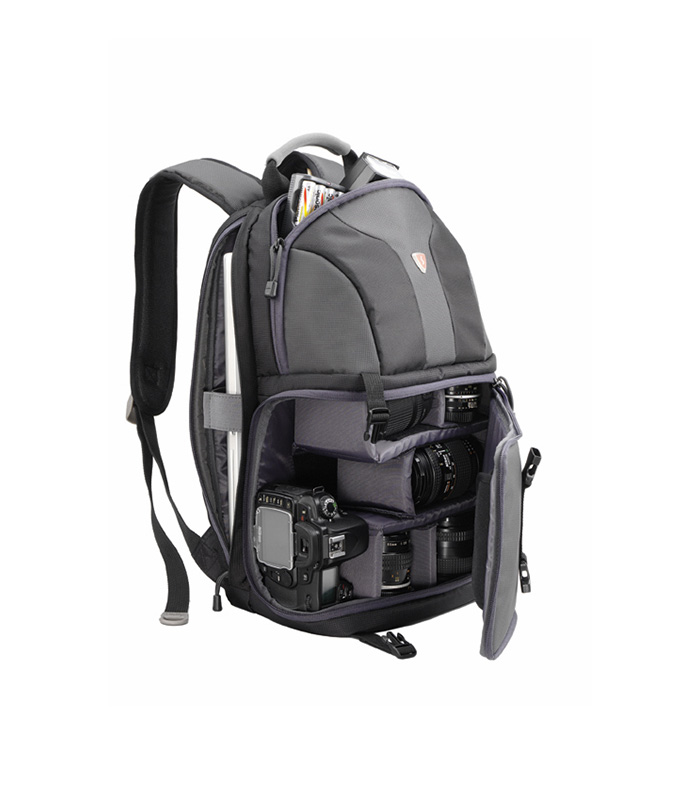
It is ideal for:
- Large conference rooms, classrooms, boardrooms
- Small auditoriums
- Houses of worship
- Digital signage in retail and museums
- Exhibits and displays in museums and galleries
It is also good for:
- Sports bars
- Medical education and presentations
- Applications requiring multiple nearby projectors with similar images, such as displays over each lane in a bowling alley
What the Epson L610U gives you…
- Least expensive laser projector with 1920 x 1200 resolution and a 6,000 lumen rating
- 3LCD design guarentees no rainbow artifacts as well as matching white and color brightness
- White (model L610U) or black (model L615U) casing
- 20,000-hour light-source life
- Constant brightness mode maintains level brightness as light source ages
- 2,500,000:1 dynamic contrast ratio
- RGBCMY color controls; adjust hue, saturation, and brightness separately for each color
- 360-degree orientation in any axis
- Vertical and horizontal manual lens shift
- Four corner correction for adjusting image on uneven surfaces; arc correction adjusts for V/H barrel distortion on curved surfaces
- Side-by-side split-screen display
- Instant on/off
- Virtually maintenance-free
- DICOM Sim mode for medical education and presentations
- Onboard WiFi for Wireless LAN, Miracast
- Compact and light weight; 18.7 pounds
- Supports Crestron Roomview, AMX, PJLink, and Extron
- 3-year warranty with advanced exchange; includes light source

Connection Panel Inputs
- (1) LAN
- (1) HDBaseT
- (2) HDMI (1 with MHL)
- (1) USB Type A (reads files from USB memory)
- (1) USB Type B (service)
- (2) VGA/component, 1 settable to monitor out
- (2) 3.5mm stereo audio in
- (1) 3.5mm stereo audio out
- (1) RS-232 (control)
Physical attributes. With the projector on a table, all connectors are on the rear panel, with the power connector, security bar, and Kensington lock slot left of center as viewed from behind. Intake vents are on the front and right panels as viewed from the front. The exhaust vent is on the left panel.
Epson L610U Performance
Brightness. Using the ANSI lumens measuring methodology, the L610U test unit measured a bit higher than Epson’s rated 6,000 lumens under the ISO 21118 standard. (The ISO 21118 measurement is essentially the same as ANSI, using the same nine measuring points across the screen and the same calculations to arrive at the lumens number.) More important, unlike the brightest modes in most projectors, the Epson’s Dynamic mode delivers neutral, eye-catching color with no green bias, making it fully useable. The ANSI lumen measurements for each color mode in Normal, Quiet, and Extended (HDMI input, lens set to its widest angle position) are as follows:
Epson PowerLite L610U ANSI Lumens
| MODE | Normal | Quiet and Extended Modes |
| Dynamic | 6166 | 4255 |
| Presentation | 5139 | 3546 |
| Cinema | 4450 | 3070 |
| sRGB | 3786 | 2613 |
| Dicom Sim | 3784 | 2611 |
| MultiProjection | 5134 | 3543 |
Low Brightness Mode. Both Quiet and Extended modes measured 69% as bright as Normal mode. In addition there is a Custom choice, with settings from 70 to 100, which map roughly to percentages of full power. A setting of 85, for example, delivers 83% of Normal mode brightness.
Constant Brightness Mode. Custom settings include a Constant Brightness option, which maintains the specified brightness as the light source ages. The sustainable duration for constant brightness varies with the Custom setting, ranging from 6,000 hours at 85% to 19,000 hours at 70%.
Presentation Optimized Lumens. Dynamic with default settings delivers saturated, eye-catching color for business graphics, making it our optimized choice for presentations. At 6,166 lumens, it can easily fill a 200″ diagonal, 1.0-gain, 16:10 screen or a 240″ 1.3-gain screen in moderate ambient light. In a dark room, it can light up a 350″ 1.0-gain screen or a 400″ 1.3-gain screen. Epson says the lens can maintain focus at image sizes as large as 500″.
The most significant difference between Dynamic, Presentation, Cinema, and sRGB is brightness. All offer vibrant, saturated color for business graphics as well as color that falls well within a realistic range for photos and video. In our tests, all four modes delivered a very close color match to a reference image in side-by-side comparisons, each differing from both the reference images and each other only in minor ways.
Multi-projection color mode is designed to help match color across multiple nearby displays with similar images, such as displays for each lane in a bowling alley. It works in tandem with the Color Uniformity and Color Matching settings and also Light Source Calibration, which provides matching white balance and brightness levels.

Video Optimized Lumens. Dynamic is also our choice for the optimized video setting. In addition to offering neutral color, it is one of only two modes—along with Cinema—that can use the Dynamic Contrast function to dynamically adjust brightness based on the image. Even with default settings, Dyanmic delivers realistic-looking color for video and film.
Zoom Lens Effect on Brightness. The 1.6x zoom lens curtails light by 26% at the full telephoto end of the range, delivering 4542 ANSI lumens in Dynamic mode.
Brightness Uniformity. The 85% brightness uniformity at the full wide angle setting for the lens is just enough to show on a solid white test image as brightness falling off slightly at each corner. With text, graphics, or other images that break up the field of view, the difference is impossible to see. At the telephoto end, uniformity is a still solid 76%.
Input Lag. Input lag is 52 to 55 ms depending on the mode—a little slow for applications like flight simulators that require quick reaction time, but fast enough for most education-related games.
On-board Audio. The 10-watt mono speaker delivers high enough volume to easily fill a mid-size room and better audio quality than most projectors offer.
Fan Noise. Epson rates the L610U’s noise level at 38 db in Normal power mode and 27 dB in Quiet mode. Extended isn’t rated, but falls between the two. As you would expect for any projector that combines the L610U’s small size and high brightness, the fan noise in Normal and Extended is noticeable throughout a medium-size room. In Quiet mode the level is low enough to fade into the background, particularly in a room with ambient noise.
Epson recommends using High Altitude mode at 4,921 feet and above. The fan noise increases in all modes, but Quiet mode is still quieter than Extended mode with High Altitude Off.
Setting up the Epson L610U
Throw Distance. The 1.6x zoom lens gives the L610U a throw distance range for a 240″ diagonal image at 16:10 aspect ratio of roughly 23 to 37.5 feet. The . The Epson L610U Projection Calculator will give you the range for the image size you want.
Mounting and Lens Shift. The L610U is easy to handle during setup, thanks to its compact size and 18.7-pound weight, while its 1.6x zoom and manual lens shift offers significant flexibility for positioning. You can also mount it in any orientation over 360 degrees on any axis.
With the projector on a table and set for maximum shift up, the bottom line of the image is even with the center of the lens. When set for the maximum shift down, the top line of the image is at the center of the lens. The horizontal shift measured from the centered position is +/- 20% of the image width. The two interact to allow the lens shift controls to move the image in an oval pattern. When vertical shift is at its maximum top or bottom position, the horizontal shift is only a few percent.

Our Take On The Epson L610U
The Epson PowerLite L610U 3LCD Laser Projector is a bargain at $3,499. Along with its similarly priced twin in a different color, the PowerLite L615U, it is at this writing the least expensive 1920×1200 projector rated at 6,000 lumens or above and built around a laser-phosphor light source. Along with high resolution for fine detail and brightness suitable for a large conference room or classroom—or a small auditorium—it offers eye-catching color for presentations and good enough color accuracy for film and video. And it delivers all this even in its brightest mode.
The test unit came in at 6,166 lumens, a touch higher than 100% of the rating and bright enough at the native 16:10 aspect ratio to light up a 240″ 1.3-gain screen in moderate ambient light. More important, there’s no hint of the green bias typical of most projectors’ brightest modes. Those who don’t need the full brightness can easily adjust the level to match their screen size and lighting conditions, while the Constant Brightness setting makes it easy to maintain brightness as the light-source ages. Budget-sensitive users will appreciate saving electricity by using just the brightness they need.
The L610U also earns points for advanced setup features, including settings for matching colors, white balance, and brightness levels for multiple nearby projectors to help maintain uniformity from one display to the next.
This constellation of features—high brightness, high resolution, vibrant color, laser-phosphor light source, 360 degree orientation, little-to-no maintenance, and more—make an excellent fit for a wide range of applications, from large rooms and small auditoriums, to digital signage and displays, to sports bars, to medical presentations and education. That’s enough to earn the Epson PowerLite L610U our Road Test Certified award. The aggressively low price is icing on an already attractive cake, making it an even better choice.
For more detailed specifications and connections, check out our Epson PowerLite L610U projector page.
To buy this projector, use Where to Buy online, or get a price quote by email direct from Projector Central authorized dealers using our E-Z Quote tool.
The Epson PowerLite L610U is also sold outside of the United States of America as the Epson EB-L610U and the Epson CB-L610U. Some specifications may be slightly different. Check with Epson for complete specifications.
































